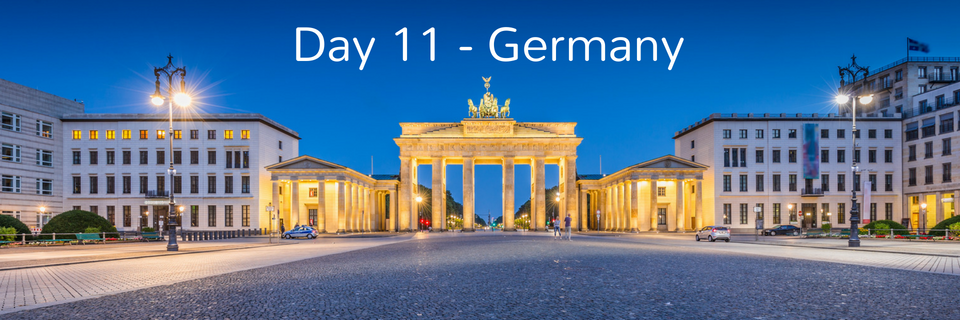World Cup 2018 – Drug Facts – Day 11 Germany
In Germany more than a quarter of the adult population have used illicit drugs, while less than 1 in 10 have done so in the last 12 months. Of these people, about half have used illicit drugs in the last 30 days. A 2015 study indicated that cannabis remains the most common illicit drug in Germany by far among both adults and adolescents. In general, use of illicit drugs is more common among males than females and remains higher in young adults, particularly 18 to 25 year olds.
In 2015, amphetamine was reported for the first time as the most popular stimulant used by German adults in the last 12 months, followed by cocaine and MDMA. About 2.8 % of adults in Germany had used a New Psychoactive Substance (NPS), while about 2.2 % of young adults (18 to 25 years) indicated use of these substances in the past.
In Germany, the domestic production of illicit substances is linked to cannabis and some synthetic stimulants. Cannabis is cultivated and a steady increase in the total quantities of cannabis plants seized has been observed over the last four years. Cannabis products with various origins are widely trafficked through the country and they remain the most frequently seized substances. Herbal cannabis seized in Germany mainly originates from the Netherlands, Spain and Belgium. From these locations it is destined for the United Kingdom, Poland and China, while cannabis resin primarily originates from Morocco and is usually intended for other EU countries.
The methamphetamine market has experienced expansion in the eastern regions of the country in recent years. The Netherlands and the Czech Republic (especially for methamphetamine) continue to be the main producing countries for synthetic drugs such as amphetamine and its derivatives. Although a significant proportion of seized substances was intended for the local market, some of it was destined for other European countries or for Asia. The Netherlands is the main supplier of MDMA that is seized in Germany, it has made a comeback in the market, following a massive drop in seizures between 2006 and 2010. Cocaine seized in Germany mainly originates in South America and enters Germany through other European countries. In 2015, a record high quantity of seized cocaine was reported because of several large seizures in shipping containers.
We have a continually expanding Drugs of Abuse test menu which includes an unrivalled range of new psychoactive substances, stimulants, analgesics and sedatives. Our significant reinvestment in Research and Development allows Randox Toxicology to develop more assays with relevant values and optimise them for best performance in a variety of matrices. While offering excellent cross-reactivity and limits of detection.
Using our patented, award winning Biochip Array Technology you have the freedom to design your own custom array that is created specifically to suit your laboratory needs, removing the cost of unnecessary testing. Available on our Evidence series, you can select specific drug and drug analytes tests, allowing a full test profile from a small sample volume.
If you would like to find out more about our Biochip, custom arrays or our Evidence series, please email us at info@randoxtoxicology.com or visit www.randoxtoxicology.com
